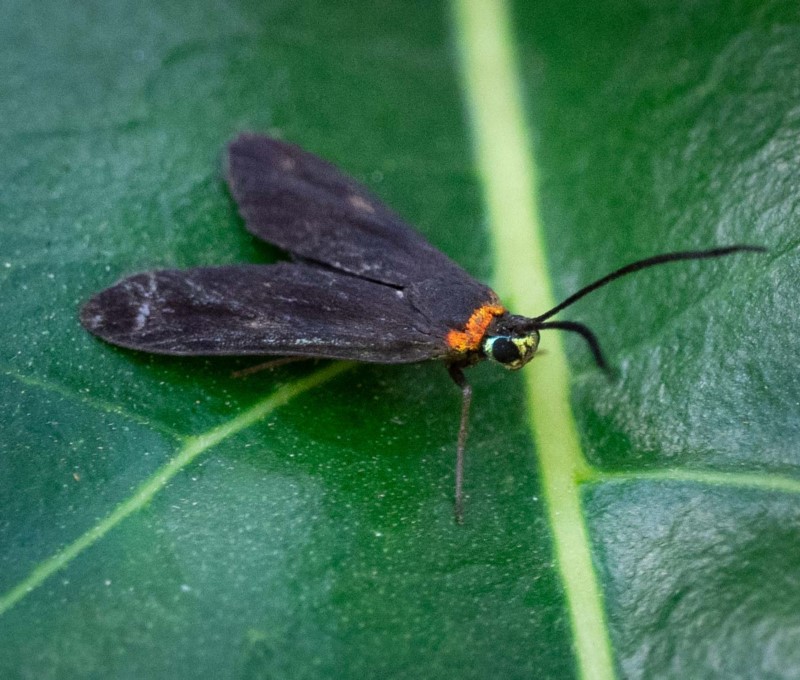November-December 2018: Day-flying moths & butterflies
TARGET OF THE MONTH
This month we encourage you to report sightings of all the moths and butterflies you see by day.
Sometimes it can be difficult to tell a moth from a butterfly! All belong to the same ‘order’ of insects, the Lepidoptera. Nine of the photos above are butterflies - can you guess which ones?
In fact, some butterflies look remarkably like moths … and vice versa. So if you see either out and about during daylight hours, take a photo or two and add a sighting to our NatureMapr database. We have experts keen to see what you’re seeing, and to help you identify your sighting. And you’ll be helping document the biodiversity of this region, and to detect signs of ecological change, such as changes in the timing of adult emergence or changes in species distribution.
Tricks for getting a photo
Have you ever chased a butterfly with your camera, desperate for a shot, only to give up in frustration? Don’t worry, we all have! But here are a few tips and tricks that may help:
Start early in the morning. Most insects have to warm up before they can fly, so look for butterflies & moths sunning themselves on vegetation in the cool of the early morning.
Watch & wait. Butterflies can be surprisingly territorial. If you watch one flying about, you may notice it regularly returning to the same perch. Now you just sit quietly nearby and wait your chance!
Search the flowers. Adult butterflies and moths feed on nectar, so check out the flowers in your area. They tend to favour white and yellow flowers. Even garden flowers and paddock weeds can host a bunch of moths and butterflies.
Take lots of photos. And, to help with identification, try to get shots of both the upper and lower surface of the wings.
WINGS OF SPRING
This special event will get us all of to a ‘flying start’. Join us on 9th and 10th November to learn more about our local moths, butterflies, beetles and other insects. Click here for more details
















